A piece I wrote about the Netflix series “My Unorthodox Life” was published by Religion News Service and appears in The Washington Post. It can be read here.
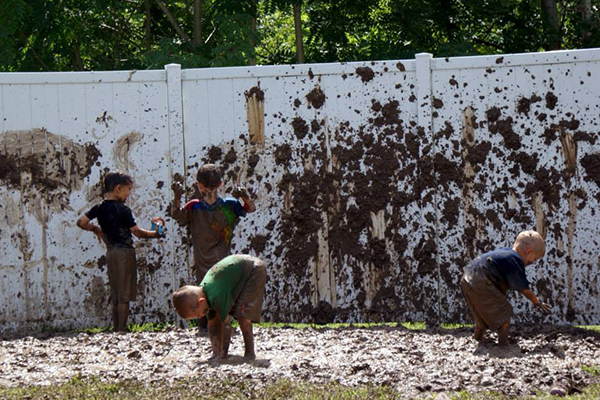

A piece I wrote about the Netflix series “My Unorthodox Life” was published by Religion News Service and appears in The Washington Post. It can be read here.

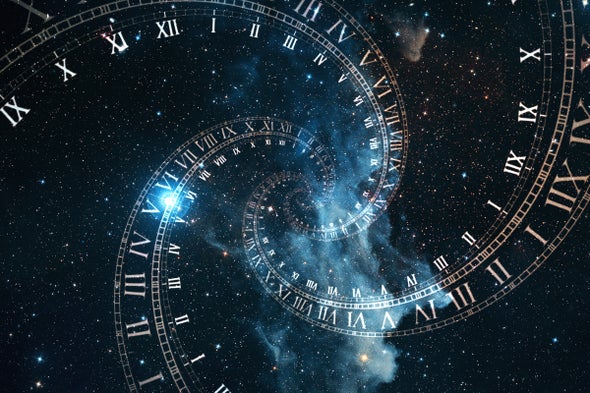
Sefer Devarim begins with Moshe Rabbeinu’s recounting of the Jewish People’s history since the exodus from Egypt, through the years of desert-wandering.
And our communal reading of the beginning of the sefer coincides yearly with our own annual survey of millennia since, our lookback at the myriad travails our forebears endured; parshas Devarim always precedes Tisha B’Av.
Abba Shaul (Shabbos, 133b) tells us to emulate certain name-descriptions of Hashem: “Just as He is compassionate and merciful, so too should you be compassionate and merciful.”
I’ve wondered about the fact that Hashem’s most “descriptive” name, the Tetragrammaton, implies “timelessness,” its letters signaling “Was, Is and Will Be.” In what way might we even think of emulating His temporal omnipresence?
Perhaps, though, in a way, we can.
Jews have history on their hearts. We are exquisitely sensitive to the past, not only the recent, but the long-ago.
On Tisha B’Av, we will fast and mourn the tolls taken by our people’s travails over time. We will sit low for much of the day, and read about the destruction of the Batei Mikdash, reciting poetic dirges about those Jewish catastrophes and many others, down through the Middle Ages to more proximate collective Jewish tragedies.
The fact, though, that most of the events we will mourn took place hundreds, even thousands, of years ago does not make them less timely. We live in the past no less than the present.
And so, perhaps, combined with our determination to live meaningfully in the here-and-now and our relentless pining for the ultimate future – Tisha B’Av is pointedly followed by the “Seven of Consolation,” when the haftaros read in shul consist of Divine reassurances that there is an end-point to history — we imperfectly parallel Hashem’s existence outside of time.
© 2021 Rabbi Avi Shafran

At first read, the tribes of Gad, Reuvein and half of Menashe seem to be making an entirely unreasonable request of Moshe: Let us remain on the east side of the Jordan River, where grazing is widely available for our large flocks of sheep, while the rest of the tribes cross the river and fight the idolaters in Cna’an for possession of the Holy Land.
But two factors need to be taken into account. Firstly, from the moment that the waters of Egypt turned to blood, through the ensuing nine plagues, through the splitting of the Red Sea and the moving well of water and the maan – not to mention the revelation at Sinai – the first years of the Jewish people’s history were rife with miracles.
So Hashem would be the One delivering Cna’an’s inhabitants into the hands of Klal Yisrael. There was no need for the sheep-laden tribes to be involved in the conquest of the land. It could have been taken with only Yehoshua marching in by himself.
And secondly, it was divinely preordained that the land east of the Jordan was intended for Gad, Reuvein and part of Menashe. That is clear from what eventually happened in the end, and there are deep mystical reasons brought in sources for that fact. So why shouldn’t those tribes just stay there?
The questions seem strong but their answer is right in the text, in Moshe’s response: “Shall your brothers go out to battle while you settle here? Why do you dishearten the Jewish people?” Bamidbar 32; 6-7).
The petitioning tribes indeed belonged where they were, and the military campaign indeed needed them not a whit. But their remaining behind would dishearten their fellow Jews. Simply by the lack of their presence alongside them.
All of us readily recognize the powerfully positive value of an encouraging word or act (and, sadly, the destructive power of discouraging ones).
But there is something else that provides people encouragement and strength, and whose absence can deprive them of the same: being there with them.
One doesn’t have to say anything or do anything. But physically being at the side of someone who is facing adversity or tragedy provides them comfort, encouragement and strength. It is a gift of the most wondrous sort.
© 2021 Rabbi Avi Shafran
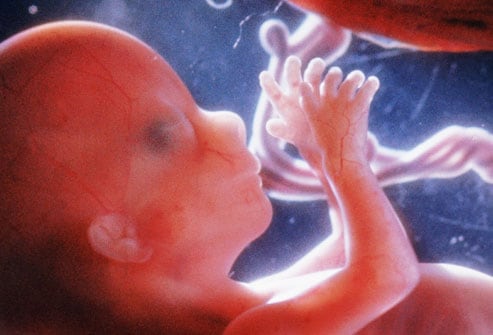
An essay on the misrepresentation of the Jewish view of abortion was published by Religion News Service, and can be read here.
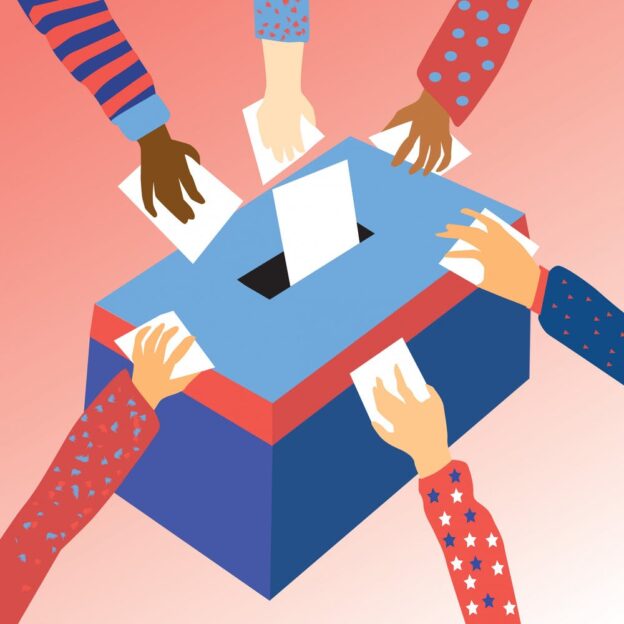
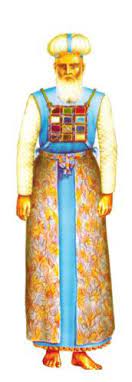
How despondent Pinchas could have easily felt when his grandfather, father and uncles, and all their future descendants, were chosen by Hashem to be cohanim (Shemos, 28:1). He himself, having been born before that moment, was not among that role’s grantees.
He probably did not mind, though. Because his subsequent action (at the end of parshas Balak), the killing of Zimri and Cozbi, could only be a proper act – and Hashem confirmed its propriety – if it had been committed by an utterly selfless person. One needs a sense of self to feel slighted.
How ironic, though, is the fact that, had Pinchas actually been a cohein at the time of his violent act, the act, justified though it was, would have rendered him unable to serve in that special role. Because a cohein who has killed a person, even properly or accidentally, is disqualified to serve as a cohein.
Hashem made Pinchas a cohein only after – in fact, because – of his act (Zevachim 101b). Pinchas’s ultimate status as a cohein, in the end, depended on his having been “left out” when his relatives were granted that status.
Few of us are truly selfless, and many of us are easily slighted. When we are, we do well to recall Pinchas’ experience. The Shulchan Aruch (Orach Chaim 230:5) actually states as halacha that “One should be accustomed to say: All that Hashem does is for the best.”
Sometimes we are fortunate, as Pinchas was, to live to see how that is true.
But even when we don’t, it still is.
© 2021 Rabbi Avi Shafran

Most people, if they are familiar with the name at all, associate “Chateaubriand” with a meat dish. But François-René, vicomte de Chateaubriand was a famous French author who died in 1848. He was not well disposed toward Jews, considering them cursed for the farcical sin of deicide, and wrote approvingly about how “Humanity has put the Jewish race in quarantine.”
And yet, some other words of his are, even coming from so poisoned a pen, more than worthy for Jewish pondering during the annual period of the “Three Weeks” just begun, during which Jews mourn the destruction of the Holy Temples in Jerusalem and the Jewish exile. I am indebted to the late British Chief Rabbi Jonathan Sacks for, in his Haggada, bringing Chateaubriand’s words to my attention.
The French writer visited a desolated Jerusalem, where he saw Jews pining for the arrival of mashiach and the end of the Jewish exile.
And wrote as follows:
“This people has seen Jerusalem destroyed seventeen times, yet there exists nothing in the world which can discourage it or prevent it from raising its eyes to Zion. He who beholds the Jews dispersed over the face of the earth, in keeping with the Word of God, lingers and marvels. But he will be struck with amazement, as at a miracle, who finds them still in Jerusalem and perceives even, who in law and justice are the masters of Judea, to exist as slaves and strangers in their own land; how despite all abuses they await the King who is to deliver them… If there is anything among the nations of the world marked with the stamp of the miraculous, this, in our opinion, is that miracle.”
And a further miracle, may it come swiftly and in our days, will be the arrival of that king, and the end of our exile.
(c) 2021 Rabbi Avi Shafran
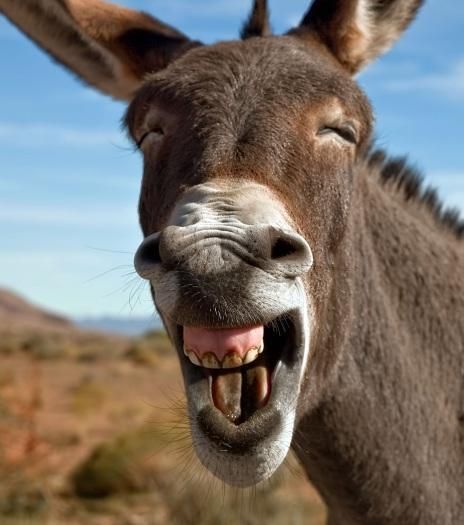
Were a donkey to suddenly develop the power of speech and address me, I would, I’m quite sure, be flabbergasted.
Faced with just such an asinine address, though, Bil’am isn’t struck silent and doesn’t collapse in shock. In fact, he seems entirely unfazed, and simply reacts to his donkey’s protest — “What have I done to you that you struck me these three times?” — by responding “Because you mocked me!” (Bamidbar 22:28-29).
What occurs to me as a possible explanation of his nonchalance is that he had become so oblivious to the difference between animals and humans — and indeed related to his beast as a partner in life — that the shock factor simply wasn’t there. True, the donkey had never spoken before, but maybe the animal simply hadn’t had anything to say until then.
The view of man as a mere fur-less ape is evident, too, at the end of the parsha, where the idolatry of Ba’al Pe’or celebrates the base physical functions that humans and lower creatures share in common.
The idea that humans are a mere subset of the animal kingdom has been taken by celebrated “ethicist” Peter Singer to its logical conclusion. Human infants, he has said, are “neither rational nor self-conscious,” and so, “The life of a newborn is of less value than the life of a pig, a dog or a chimpanzee.”
Equating humans and animals, which is common in our times as well as in ancient ones, isn’t just a means of legitimating debauchery.
It is nothing less, when truly internalized, than a prelude to murder.
© 2021 Rabbi Avi Shafran